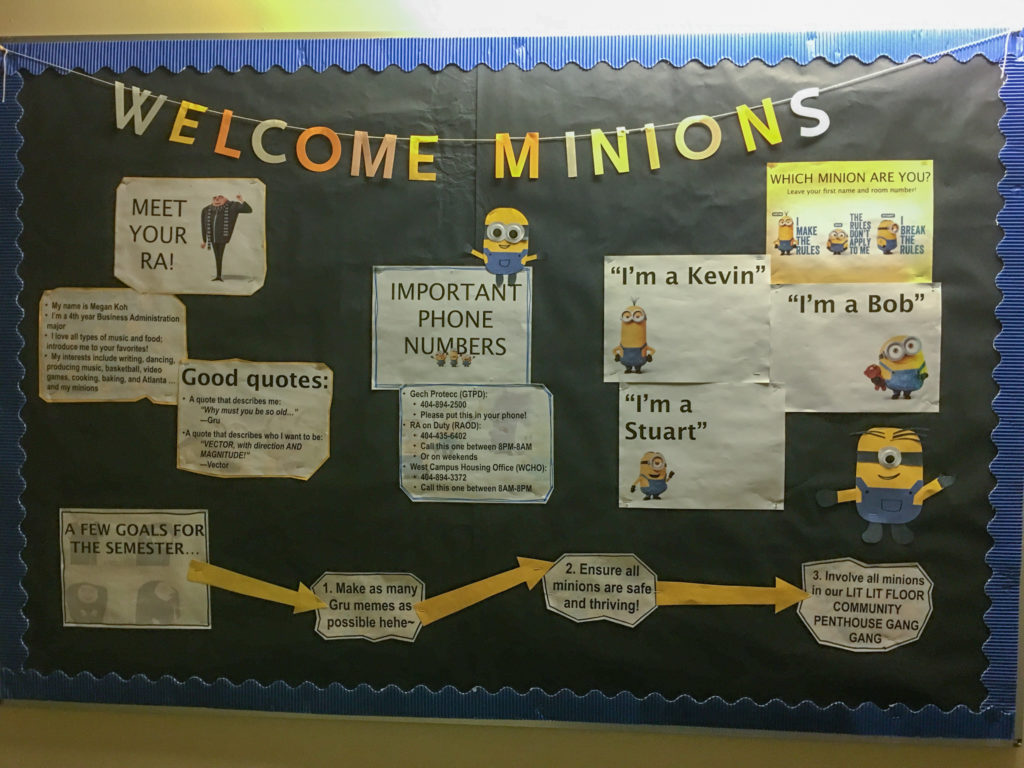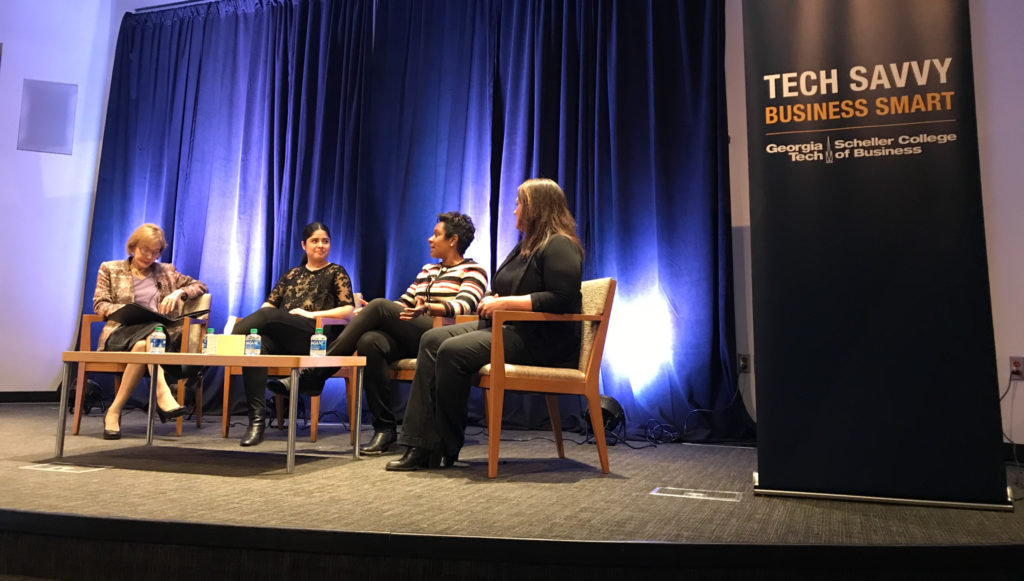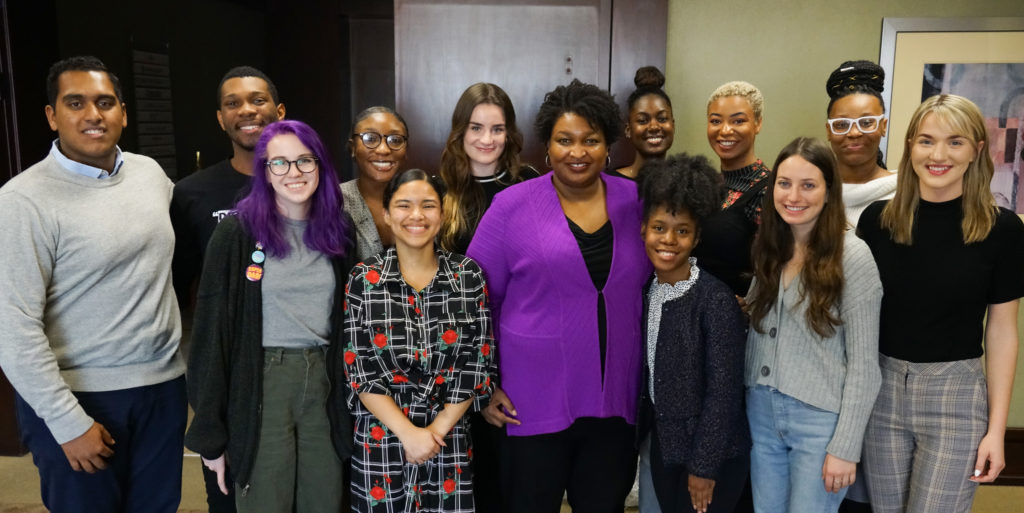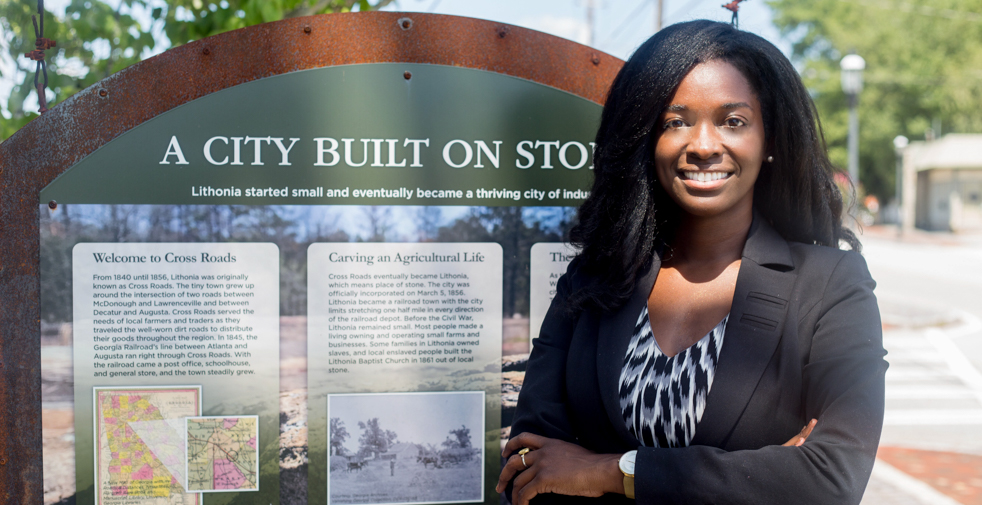Posted on 03 February 2020.

Ask an RA why they chose to work in a residence hall and they may just say, “free housing!” with a laugh, as did fourth-year BA Megan Koh. Jokes aside, the community that these staff members strive to create for their residents is worth far more than the cost of housing.
“Community is a place that just feels like home,” shared fourth-year ME Corey Beasley. “It’s not foreign to you. When you come back, you feel like you have something there and you feel comfortable living in this space.
“It shouldn’t feel like, ‘Oh I’m going to a building with a bunch of people I don’t know.’ It should be like, ‘I’m going back to some place where I have people who I have some sort of connection with, where I have a level of comfort established in that place.’”
The Department of Housing employs over 200 students to create communities in residence halls across campus. Freshman-specific student staff members (SSMs) are called Peer Leaders, or PLs for short. Upperclassmen housing hosts are RAs, resident advisors. Occasionally, students end up working as both during their time at Tech. The two positions are similar in responsibilities but different in the independence levels of residents.
“I feel like the freshman really looked toward you to guide them through their first year of university, but when you work with upperclassmen they know what’s going on a little bit more,” said Beasley. “They have their friend groups, their lives together a little bit more. They have their schedules, so they’re a lot more hands off.”
In order to connect with their residents, SSMs hold the responsibility for planning events that cater to their specific needs, which can greatly differ from one student group to the next. Beasley spoke of hosting a soccer event while working as a PL on east campus that drew 20 students, but estimated that only one or two people would show up if he held one in his current placement at the Graduate Living Center.
Koh, who works with upperclassmen residents of Eighth Street East, agreed that a student staff member must be flexible in catering events to serve residents.
“If you’re an extrovert and you’re going out all the time and you’re happy and not involved on your floor, that’s okay,” said Koh.
“Residents should be able to do that without being pressured to come to floor events, and RAs and PLs should know this about their residents and have the judiciousness to reach out to people who are not yet connected and connect them. But it shouldn’t be ‘we must do six events a semester with x amount of creativity.’”
One of Koh’s most successful events as an RA has been making homemade boba tea for her entire building.
Another RA, Alex Flack, first-year INTA grad, also draws out residents with the tempting allure of food.
It is not just food Flack offers, but an avenue for discussion as well. “Donuts for Diversity” and “Taco Bout Sex” have been popular and useful to residents.
“I always like doing those types of events,” shared Flack. “We’ve got international students, students from all around the US, people of different ethnicities, races, religions and this could be the first time they spend time near or around people of wildly different life stories. If I can play a part in making that a positive experience, then I think it’s a success.”
Flack has also worked as a PL in the first-year Honors dorms of Hefner-Armstrong, where he created a non-food-related incentive to build community on the hall. He set up a slow-motion monopoly game, where a different property was velcroed to each door across the hall. Residents received “money” to start and got one roll a day to travel and buy property.
“In theory, it got people to move around the hall at least once a day. We encouraged them to knock on the door they landed on and say hello,” said Flack. “It was designed for community development.”
But what about all the responsibilities besides hall events? SSMs are in charge of hall decorations, taking inventory of the furniture in dorms and apartments, fire safety checks, weekly staff meetings and rigorous training.
To become an RA or PL, SSMs must arrive on campus two weeks before the fall semester begins and again a few days before spring semester for a training program.
“It’s a brutal week of information,” remembered Flack.
They receive information not just on hall protocol but also on diversity, health and well-being, active shooter training and mental health resources. All staff go through QPR training, a suicide prevention certification that follows the “question, persuade, respond format.” RAs can then choose to supplement with other courses and presentations during the training week. For example, Flack elected to get Safe Space Trained for LGTBQIA support while Koh led presentations for her peers on bulletin board design and psychological safety in dealing with managers.
According to Koh, the latter presentation is necessary, since working in Housing is “not as chipper as it seems.” The Department is currently overseen by interim assistant director Sheree Gibson, with layers of managers underneath that trickle down to the RAs.
Koh has experienced many roadblocks to serving her residents, such as getting chastised for having too many food-themed events even though she was following the request of her residents.
“A lot of it is very policy-driven. You get robbed of your creativity and autonomy. There’s a lot of micromanaging and lack of trust. That’s the biggest challenge …empowering RAs and PLs to do what’s actually best,” shared Koh.
Politics aside, the leadership role among peers as an RA or PL lends the job a certain gravitas. RAs and PLs are required to hold themselves to a high standard (“There’s a saying you live in a fishbowl as an RA” laughed Flack). They also have to be ready to deal with challenging situations, sometimes into late hours of the night for those who are “on duty.”
“It can be straining sometimes to have to support thirty-something students, especially for some floors that get more of those emotionally-deeper concerning crises, so having each other to support each other is really important,” said Flack, giving a nod to his co-student staff members.
“Housing attracts some of Tech’s best because it’s a job that requires a lot of social interaction, a lot of expression and you really have to care about people,” said Koh.
“The first year I applied, the suicide rate was really bad … I wanted to be involved in some capacity because our mental health [at Tech] was so bad and we needed someone on the front line who cared. It was an effort I wanted to be a part of.”
Beasley’s involvement with Housing was inspired by his freshman year PL who he admired. He also recognized difficult situations and wanted to help incoming freshman.
“I like mentoring people. If you’ve been through something and you can help people not fall for the same mistakes, that’s amazing,” he said.
Flack has worked in housing for two and a half years, and while he admits to challenges, he truly sees value in helping people.
“RAs and PLs are doing this because they really want to help,” Flack said. “One of the most rewarding things as an RA is to see and hear the impact you’re having, even though you don’t do it for the recognition.
“[The RA] will be there for you when things get hard. It’s their job yes, but they’re there because they fundamentally care about you.”
“My residents are my pride and joy. I love them so much,” shared Koh. “I love seeing them go out and succeed. … We are all here for our residents.”









